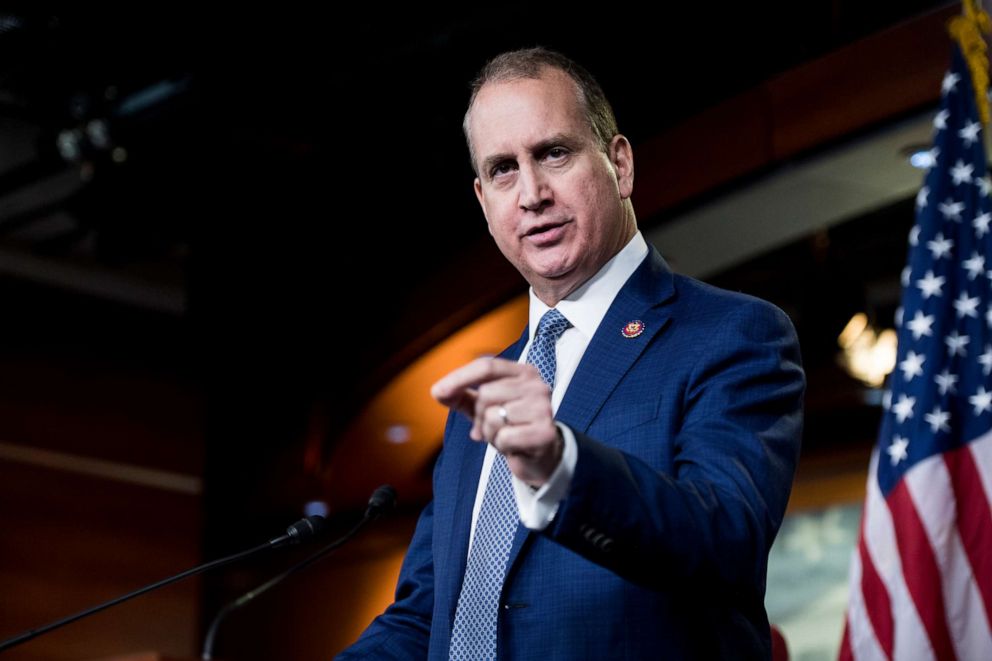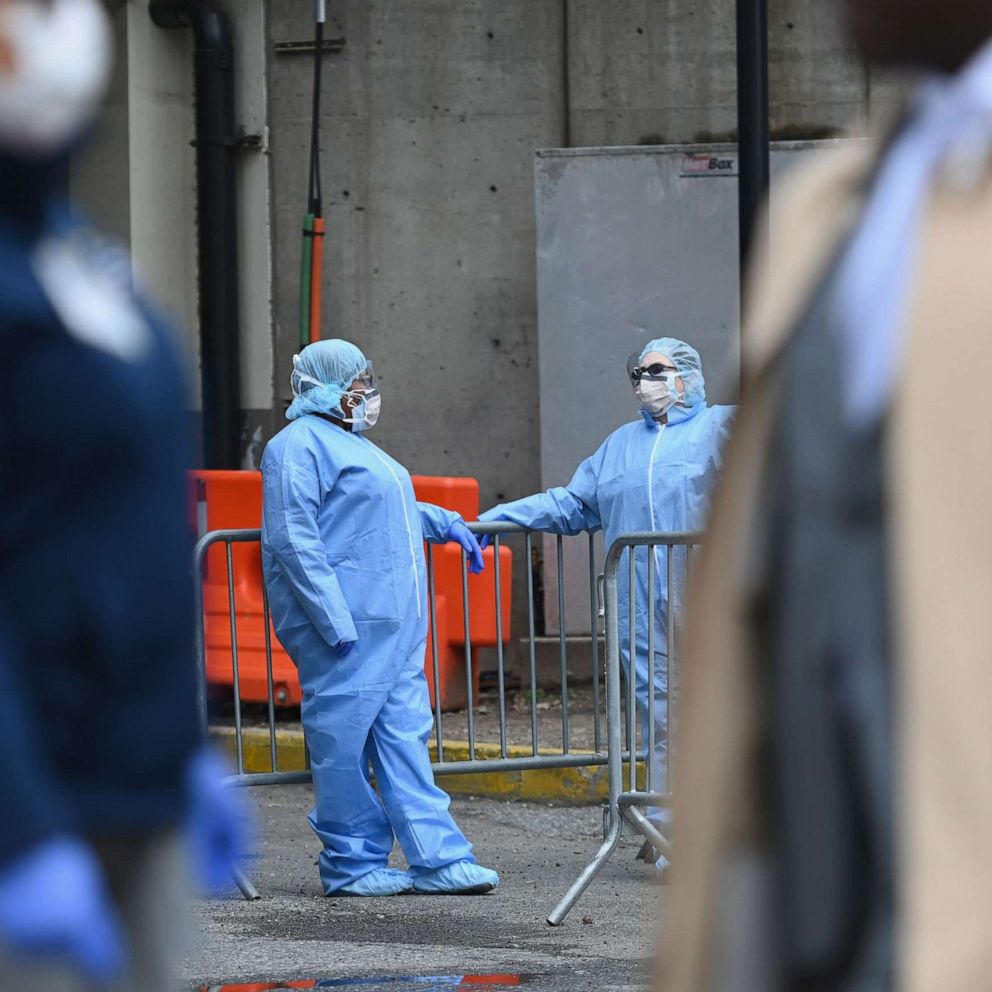Utah Rep. Ben McAdams hospitalized after testing positive for coronavirus
'When I cough, I feel pain,' McAdams said.
Utah Rep. Ben McAdams, who was the second member of Congress to announce a positive test for the novel coronavirus, was hospitalized Friday evening after experiencing "severe shortness of breath."
McAdams said in a statement Sunday night that he followed public health guidelines by calling the COVID-19 hotline as soon as he started experiencing worsening symptoms -- he was then instructed to go to a hospital where he was admitted.
"I have been receiving oxygen as I struggled to maintain my blood oxygen at appropriate levels," he said.
McAdams is now "off oxygen" and feeling "relatively better" -- he said he is expected to leave the hospital soon.

McAdams said his experience shows him "how critical it is to follow the advice of the CDC and the Utah Department of Health in order to stop the spread of this virus."
The lawmaker announced that he tested positive on Wednesday, March 18 -- just an hour after Florida Rep. Mario Diaz-Balart told the public he too had been infected with the COVID-19 virus.
In an interview with ABC News' Amy Robach on Friday, McAdams said he was not feeling up to par.
"It feels like I've got a belt around my chest that's tightened up. I can't take [a] full breath.” McAdams said. "The muscles in my torso are sore, so when I cough, I feel pain."
He said his temperature was 102 degrees on Thursday night and he was experiencing a fever and breathing difficulties.
Tune into ABC at 1 p.m. ET and ABC News Live at 4 p.m. ET every weekday for special coverage of the novel coronavirus with the full ABC News team, including the latest news, context and analysis.
McAdams said that he started to feel mild symptoms after flying home to Salt Lake City on a commercial airliner from Washington, D.C. on March 14 -- feeling even worse the next day.
He immediately isolated himself in his house so he wouldn’t expose anyone else. McAdams' doctor told him there are limited tests available and his symptoms didn't rise to the level that warranted a test, but that he should self-quarantine.
By March 16, he said his symptoms worsened. He began to have labored breathing, a dry cough and his temperature rose to 103.
His doctor then suggested he should get tested due to his aggressive symptoms.
McAdams and his family had been practicing social distancing prior to him testing positive.
"When I tested positive, we locked the doors and are just hunkering down at home, hoping that nobody else in the family comes down with it," he said.

McAdams' colleague Diaz Balart decided to self-quarantine in D.C. on March 13 and not to return home, because his wife,Tia, has a preexisting condition that would put her at a higher risk of falling victim to the COVID-19 virus, his office said in a statement.
The Florida lawmaker's symptoms consisted of a fever and headache and soon after, he learned he had tested positive for the virus.
"I want everyone to know that I am feeling much better," he wrote in a statement on March 18.
What to know about coronavirus:
- How it started and how to protect yourself: coronavirus explained
- What to do if you have symptoms: coronavirus symptoms
- Tracking the spread in the US and Worldwide: coronavirus map
Both congressmen are urging Americans to take this virus seriously and to follow the guidelines from the Centers for Disease Control and Prevention and other tips from local health authorities.
It has not been confirmed how either member of Congress became exposed to the virus.
The coronavirus pandemic has claimed the lives of more than 15,000 people worldwide -- mainly in Italy and China, recent data shows. There are over 35,000 diagnosed cases in the U.S. across all 50 states, with at least 473 deaths, according to statistics from Johns Hopkins University.
COVID-19 first emerged in the Chinese city of Wuhan in December 2019 and has reached every continent except Antarctica, spreading to more than 140 countries.
The World Health Organization officially declared COVID-19 as a pandemic on March 11.






